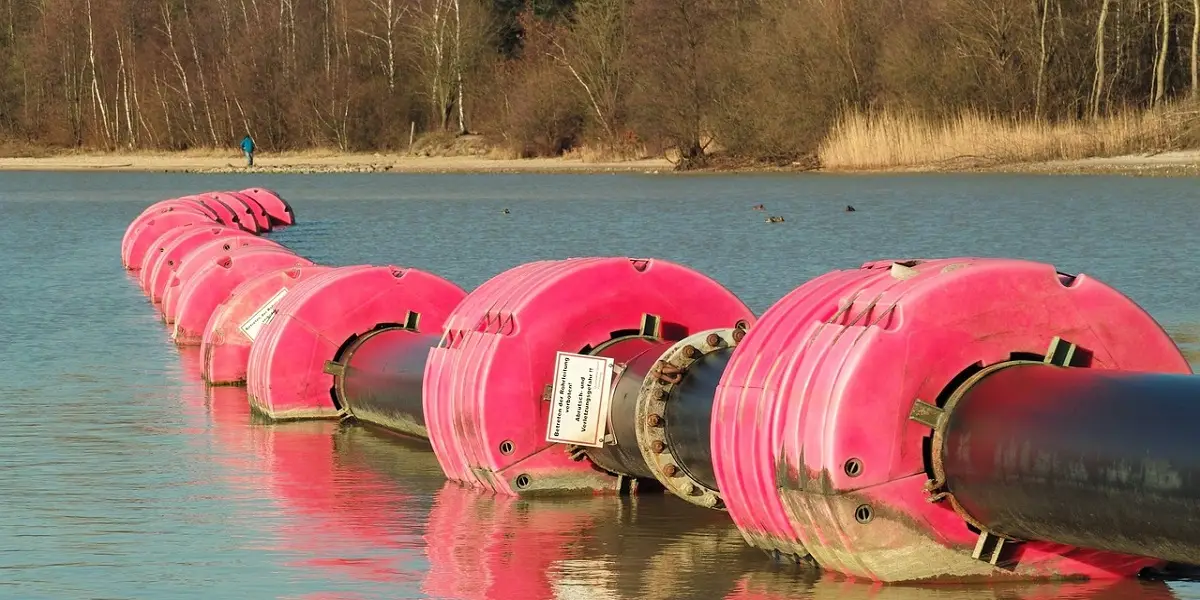(08) 6302 3287
Book an Appointment
41 St Georges Terrace
Perth WA 6000

Challenges of Water Management in the Asia-Pacific Region
It is a fact that water management in the Asia-Pacific region poses numerous challenges that are related specifically to its climate, geography, economic development, and population growth. For instance, the major increase in greenhouse gas emissions and, as a result, the increase in temperature in the past few decades has made this region highly vulnerable to climate change.
Additionally, the Asia-Pacific region is host to the majority of the world’s population, mainly located in the cities that release a lot of heat and distribute it through building new constructions on flood plains. Therefore, it obstructs the natural and actual course of waterways and raises the chances of flooding.
Urban growth is also considered to raise water stress. It is estimated that there will be a significant shortage between demand and water supply in that specific region. Here are the challenges of water management in the Asia-Pacific Region.
1. Shortage of Water
It is considered that the availability of freshwater is limited in the Asia-Pacific region and it is also distributed unevenly. The shortage of water has affected the urban centres the most. But they are not the only ones. A lot of places in this specific region deal with water shortages, particularly in periods of drought. It has an impact on agriculture, industry, and population.
2. Water Pollution
There are few studies that indicate about 80% of the river water is polluted in the Asia-Pacific region. Quick industrial and urban development in a few of the countries in this region has made way for water pollution from things like industrial waste, untreated sewage, and chemicals. This impacts the water quality and the health of the communities that are dependent on water.
3. Climate Change
The rise in temperatures and the shifts in rainfall patterns, which happen thanks to climate change, have a substantial impact on water availability. It also affects the intensity and frequency of events like floods and droughts.
4. Flood Management
When the rainy season arrives, the Asia-Pacific region has to deal with serious floods that negatively affect a large population of people. There is also major property damage. The lack or absence of effective flood management systems and sound infrastructure only worsens this issue, which is not ideal.
5. Sustainable Development
One of the biggest challenges for proper water management in the Asia-Pacific region is to find a balance between environmental conservation and economic development. The Asia-Pacific region has experienced quite a bit of economic development, which has led to an increased demand for energy as well as water. This has made the problem of water scarcity and pollution worse.
6. Overexploitation of Water
In a few areas, immoderate groundwater extraction for things like domestic use makes way for saltwater intrusion and depletion in the aquifer. This results in the water becoming inadequate for agriculture and drinking. This is why taking additional measures in such areas becomes essential. This includes programs to make improvements to enhance non-standard water sources along surface water storage. It all starts with gathering information about the Asia-Pacific region.
Wrapping Up
It is important for the Asia-Pacific region to embrace extensive water management approaches, such as improving water structure, promoting sustainable policies, and fostering water conservation. This will make it easier to deal with the challenges mentioned in this article.
